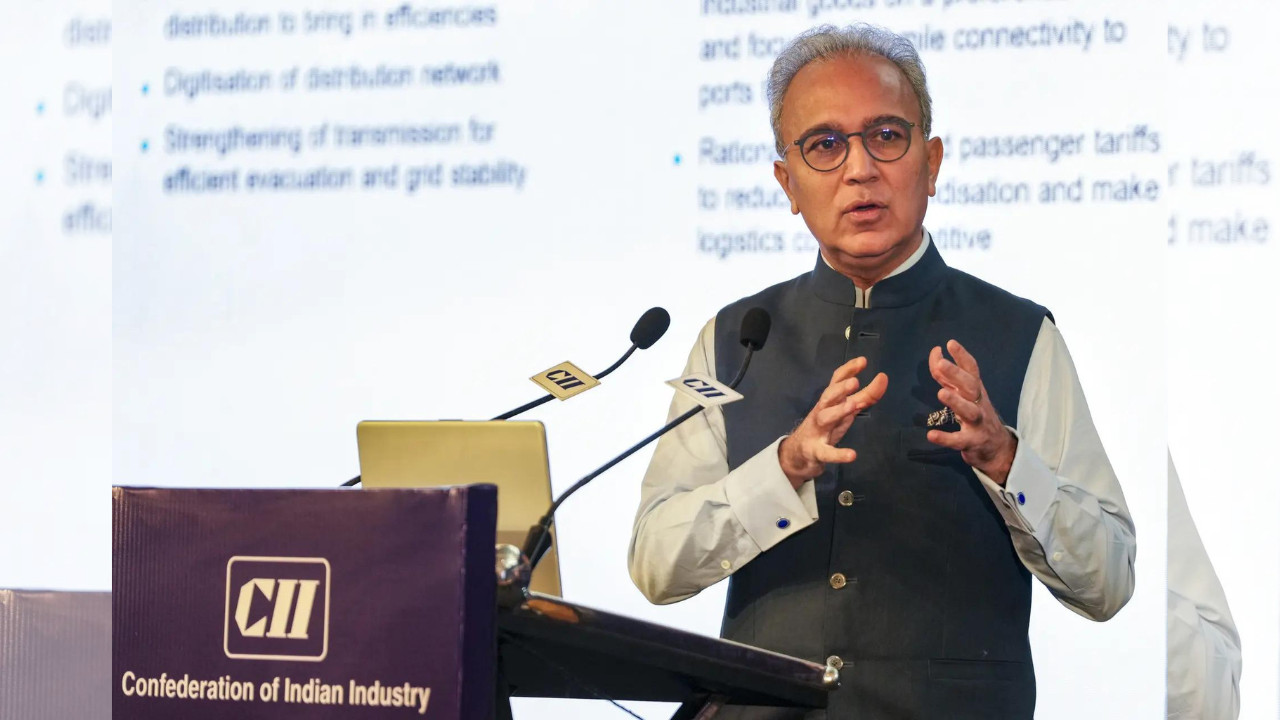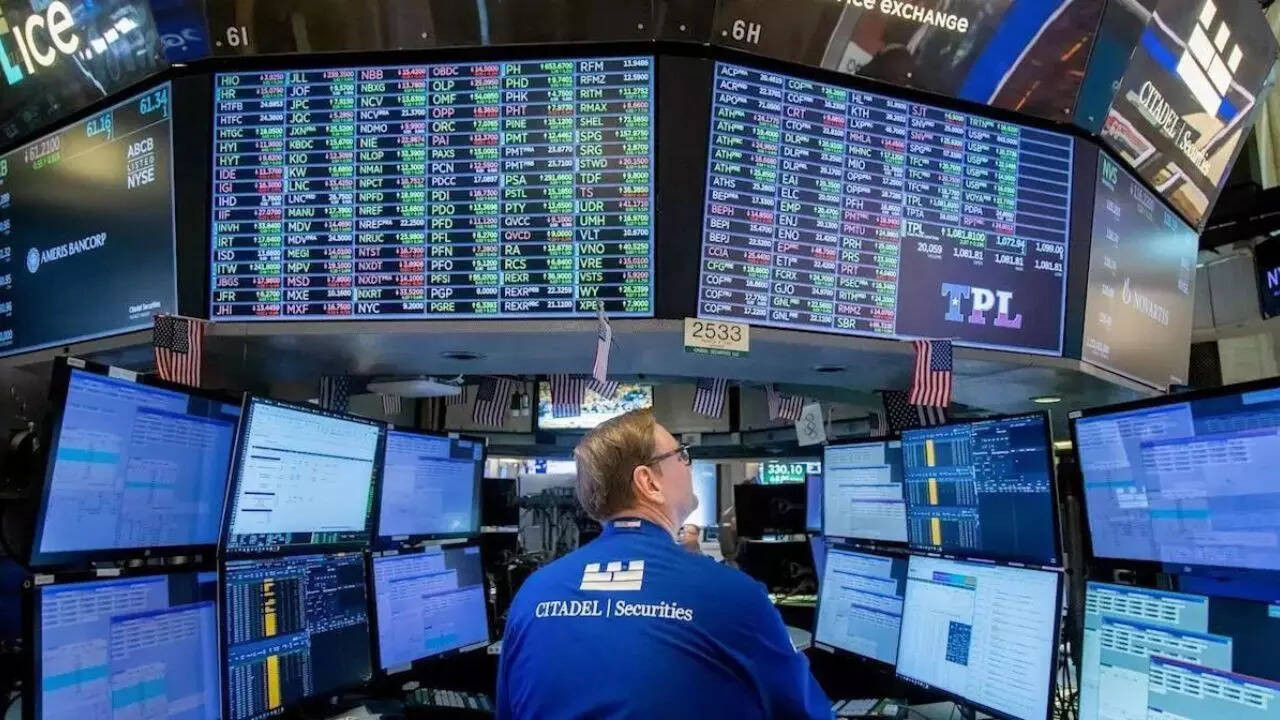CII projects India’s economic growth at 6.4-6.7% for FY26, driven by strong domestic demand, while acknowledging geopolitical risks. The industry body proposes GST rationalization, tax reforms, and infrastructure improvements to enhance ease of doing business. These measures aim to lower costs and attract investment, reinforcing India’s stable growth fundamentals.
India’s Economic Ascent: Buckle Up for a Promising FY26
The Indian economy, a vibrant tapestry woven with ambition and resilience, is poised for another year of robust growth. Forecasters are buzzing, and the Confederation of Indian Industry (CII) is adding to the optimism, projecting a GDP growth of 6.46% to 7% for fiscal year 2026. What’s fueling this optimistic outlook? It’s a potent cocktail of ongoing reforms, surging domestic demand, and strategic investments across key sectors.
But let’s ditch the dry economics textbook tone and delve into what this really means. We’re talking about tangible improvements in people’s lives, more opportunities for businesses to thrive, and India solidifying its position as a global economic powerhouse. This isn’t just numbers on a spreadsheet; it’s the engine driving a nation forward.
The Reform Rocket: Propelling India’s Growth Story
A significant catalyst for this projected growth is the continuing wave of economic reforms. India hasn’t been shy about shaking things up, streamlining regulations, and fostering a more business-friendly environment. Think about initiatives like the Goods and Services Tax (GST), which simplified the tax landscape, and the ongoing efforts to ease the burden of compliance for businesses of all sizes. These aren’t just tweaks around the edges; they’re fundamental changes that unlock productivity and attract investment.
The CII emphasizes that these reforms need to continue, especially in areas like land acquisition, labor laws, and infrastructure development. Imagine the possibilities if these key areas were further streamlined – the acceleration in growth could be substantial. It’s like adding nitrous oxide to an already powerful engine!
Domestic Demand: The Untapped Potential
India’s burgeoning domestic market is a force to be reckoned with. A young, increasingly affluent population is driving demand across a wide spectrum of goods and services. From smartphones and automobiles to housing and healthcare, the appetite for consumption is only growing. This internal demand creates a buffer against global economic headwinds, providing a solid foundation for sustained growth.

Think of the ripple effect: increased demand leads to higher production, which in turn creates more jobs and generates further income. This virtuous cycle is at the heart of India’s economic potential.
Investment: Laying the Foundation for Future Prosperity
Strategic investments in infrastructure are another crucial element in this growth narrative. Roads, railways, ports, and airports are the arteries of the economy, facilitating the movement of goods and people. The government’s focus on infrastructure development is not just about building physical structures; it’s about building a foundation for long-term, sustainable growth.
Consider the impact of improved connectivity on rural areas. Farmers can get their produce to market more efficiently, businesses can expand their reach, and individuals can access education and healthcare more easily. These improvements aren’t just economic; they’re transformative. This ties directly into related concepts like supply chain efficiency. Why not read more about [supply chain risk management](https://example.com/supply-chain-risk-management) to better understand the need for investment in infrastructure?
Navigating the Challenges
Of course, no economic journey is without its bumps in the road. Inflation remains a concern, and global uncertainties could cast a shadow on India’s growth prospects. However, India’s inherent strengths – a large domestic market, a skilled workforce, and a reform-oriented government – provide a significant advantage.
Maintaining a delicate balance between fostering growth and managing inflation will be key. The Reserve Bank of India’s monetary policy will play a crucial role in keeping inflationary pressures in check.
The Road Ahead: A Bright Future for Indian Economic Growth
The projected GDP growth of 6.46% to 7% for FY26 is not just a number; it’s a testament to India’s economic potential. By continuing to implement reforms, nurture domestic demand, and invest in infrastructure, India is well-positioned to achieve sustained and inclusive growth. While challenges remain, the overall outlook is undeniably positive. India’s economic ascent is a story worth watching, and it’s a story that promises to be filled with opportunity and progress. The commitment to strategic economic growth paves the way for improved global standing and long-term prosperity for the nation and its citizens.







